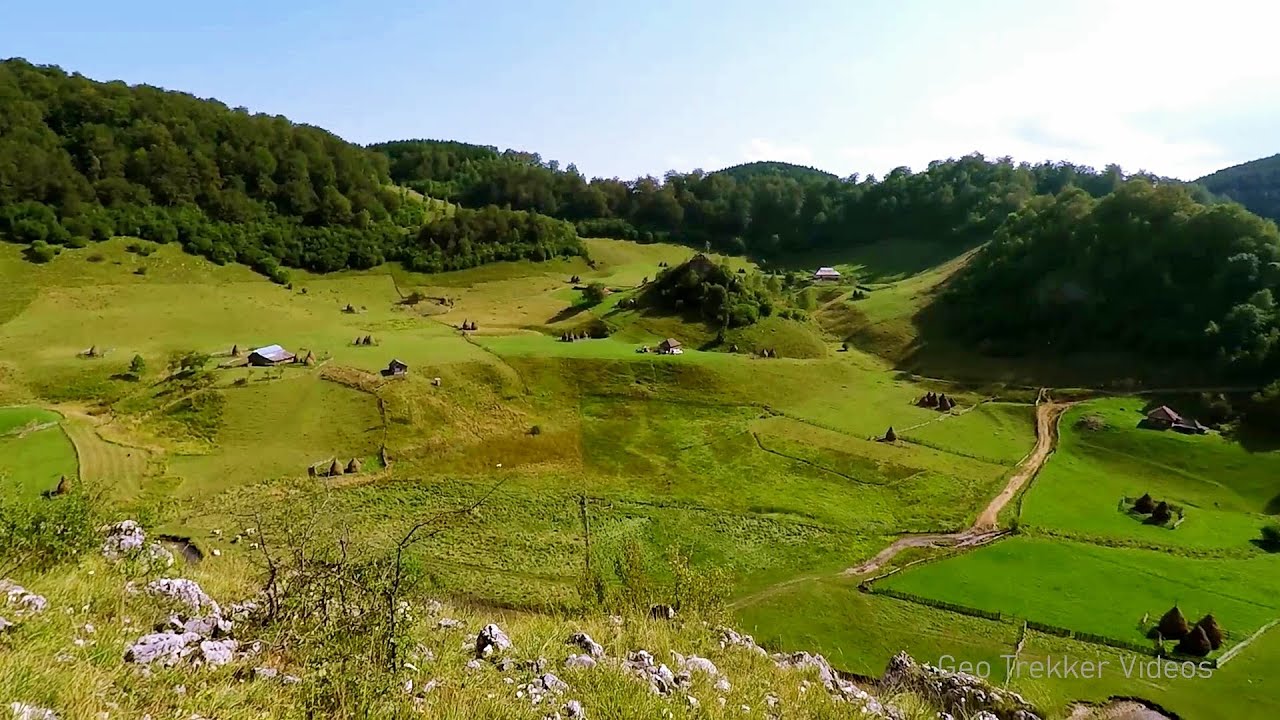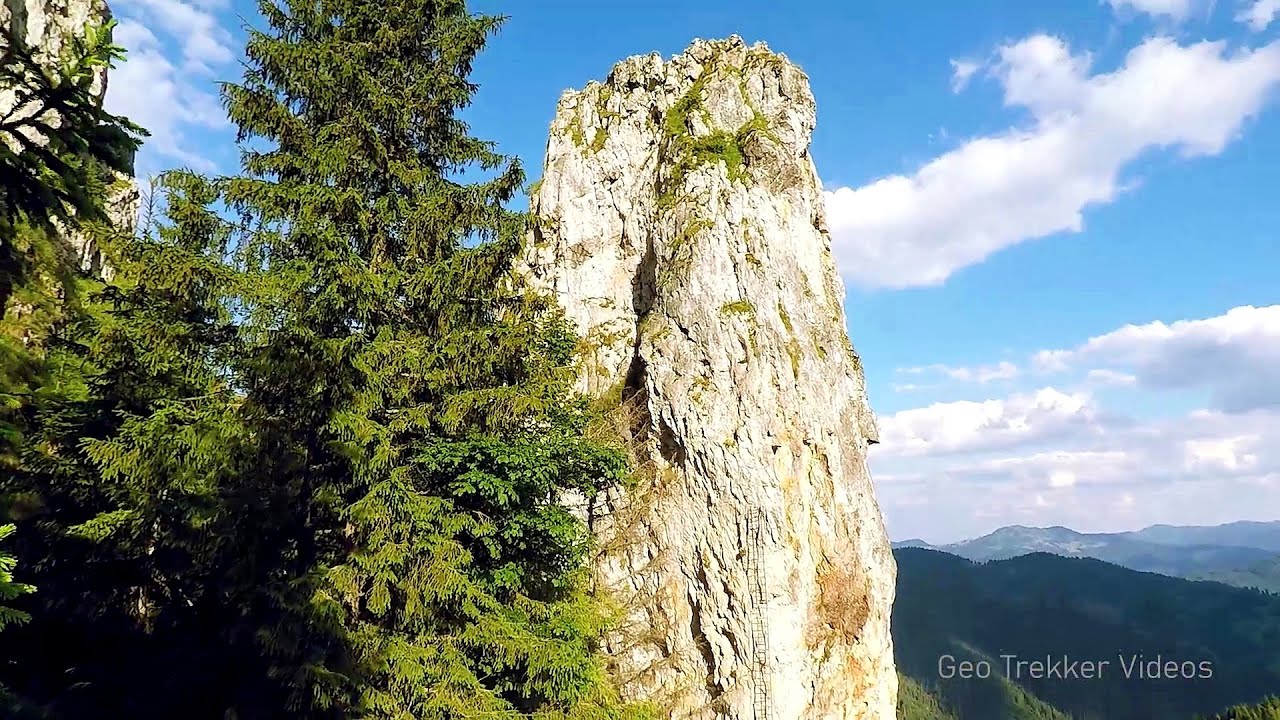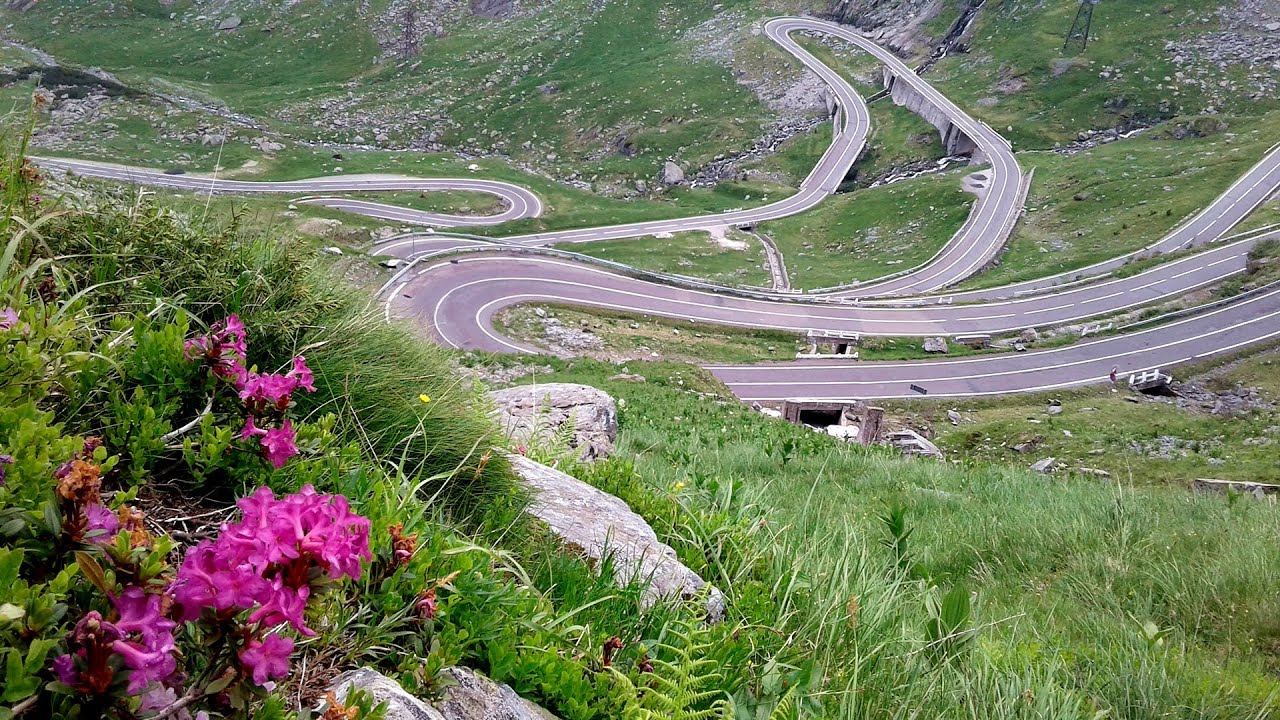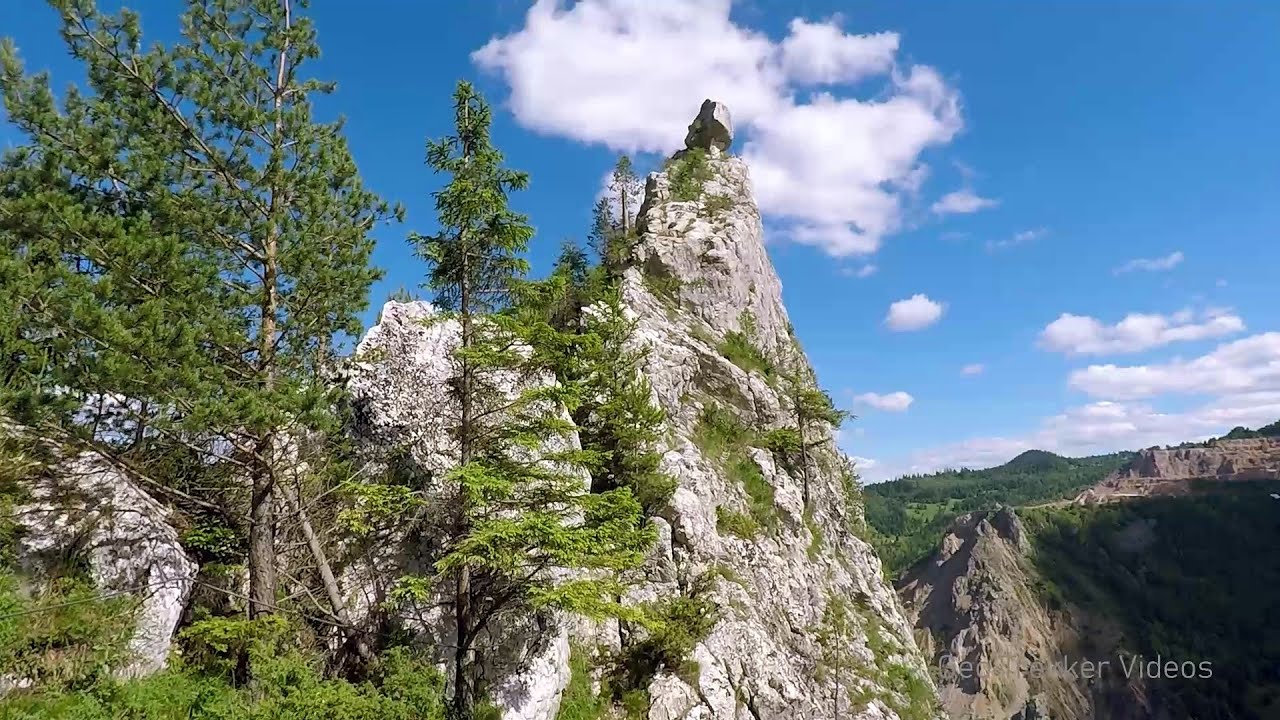Trekkingklub - Hiking photos and videos - Geo Trekker Videos
Select your language:
Magyar -
Romana -
Deutsch -
Français -
Italiano -
Español -
Български -
Türkçe -
中文
Featured photos

North Beach - Arapya beach resort (12 photos)
Arapya is a coastal resort area in Burgas province, Bulgaria, located between Tsarevo and Lozenets.

Listi bay and wild beach - Sinemorets (15 photos)
The Listi bay (Zaliv Listi) and wild beach (Plazh Listi) is located between Lipite Beach and Silistar Beach.

Split Cliff - Sinemorets (10 photos)
The Split Cliff (Razdelenata kanara), also known as Divided Rock, is an interesting rock formation located south of Sinemorets and north of Listi Beach.
Featured videos

The palm of God and the Heaven's door - Fundatura Ponorului mountain village
One of the most picturesque places in Romania, one of the most beautiful mountain villages, and a photographer's paradise.

Falco Tinnunculus via ferrata, the ascent - Falcon's Rock, Corbu
Falco Tinnunculus (Common kestrel) via ferrata (E), the ascent - Falcon's Rock, Corbu.

Virus (B/C) and Antivirus (C) iron paths - Baia de Fier
With Virus and Antivirus, the number of via ferrata routes at Baia de Fier has increased to thirteen.

Wind's iron path (Via ferrata Vanturilor, D) - Baia de Fier
The Wind's iron path (Via ferrata Vanturilor) is the via ferrata route number 11 in the Baia de Fier - Polovragi area.

Balea waterfall and the Transfagarasan mountain_road
Balea waterfall and the Transfagarasan mountain road - blue triangle marked trail, Balea valley, Fagaras Mountains, Southern Carpathians.
[ Top ↑ ]
"Take nothing but pictures, Leave nothing but footprints, Kill nothing but time."
When venturing into the great outdoors, it is not only important to enjoy the beauty of nature, but also to leave minimal impact. The principles of Leave No Trace provide valuable guidelines for outdoor enthusiasts to follow, ensuring that natural areas remain preserved for future generations.
One fundamental principle is to plan ahead and prepare. Before setting off, conduct thorough research to understand the area's regulations, weather, and terrain. This way, you'll be equipped with the necessary knowledge and gear, reducing the risk of harm to both yourself and the environment.
Traveling and camping on durable surfaces is another crucial aspect of Leave No Trace. Stick to established trails and campsites, as trampling vegetation can disrupt fragile ecosystems. By treading lightly, you'll help preserve the natural beauty, that drew you to the area in the first place.
Proper waste disposal is a non-negotiable principle. Always carry out, what you carry in, leaving no trace of your visit. Pack all trash, including food scraps, and dispose of it in designated areas. If you encounter waste left behind by others, do your part by picking it up, and disposing of it properly as well.
To minimize the use and impact of fire, follow guidelines from park and forest. Use fire rings, keep fires small, completely extinguishing them before leaving the area. Use portable stoves to minimize ecological impact and preserve landscapes for future generations.
Respecting wildlife is essential to maintaining ecological balance. Observe animals from a distance, avoiding any interference with their natural behavior. Feeding wildlife may harm their health and disrupt their natural food sources. Remember, you are a guest in their home, so treat them with the utmost respect.
To minimize your impact, it is crucial to leave nature as you found it. Avoid removing plants, rocks or other natural objects as souvenirs. Respect historical or cultural sites, by refraining from touching or removing anything. By leaving these cultural treasures intact, you allow others to experience their beauty and historical value.
Be considerate of others, respect fellow visitors and the environment. By practicing good trail etiquette, such as yielding to others, packing out trash, and minimizing noise, we can create a more enjoyable and sustainable experience for everyone, while protecting the natural beauty we have come to appreciate.
Lastly, the key to Leave No Trace is being mindful of your actions and their potential consequences. Enjoy the natural beauty around you, but do so responsibly. Leave No Trace principles are not limited to the wilderness. They can be applied anywhere, from city parks to beachside getaways.
By following these principles, you can contribute to the preservation of our environment for generations to come. Embrace the Leave No Trace mindset, and share these principles with fellow adventurers. Together, we can enjoy the outdoors, while leaving minimal impact to the planet where we live. [ Top ↑ ]
One fundamental principle is to plan ahead and prepare. Before setting off, conduct thorough research to understand the area's regulations, weather, and terrain. This way, you'll be equipped with the necessary knowledge and gear, reducing the risk of harm to both yourself and the environment.
Traveling and camping on durable surfaces is another crucial aspect of Leave No Trace. Stick to established trails and campsites, as trampling vegetation can disrupt fragile ecosystems. By treading lightly, you'll help preserve the natural beauty, that drew you to the area in the first place.
Proper waste disposal is a non-negotiable principle. Always carry out, what you carry in, leaving no trace of your visit. Pack all trash, including food scraps, and dispose of it in designated areas. If you encounter waste left behind by others, do your part by picking it up, and disposing of it properly as well.
To minimize the use and impact of fire, follow guidelines from park and forest. Use fire rings, keep fires small, completely extinguishing them before leaving the area. Use portable stoves to minimize ecological impact and preserve landscapes for future generations.
Respecting wildlife is essential to maintaining ecological balance. Observe animals from a distance, avoiding any interference with their natural behavior. Feeding wildlife may harm their health and disrupt their natural food sources. Remember, you are a guest in their home, so treat them with the utmost respect.
To minimize your impact, it is crucial to leave nature as you found it. Avoid removing plants, rocks or other natural objects as souvenirs. Respect historical or cultural sites, by refraining from touching or removing anything. By leaving these cultural treasures intact, you allow others to experience their beauty and historical value.
Be considerate of others, respect fellow visitors and the environment. By practicing good trail etiquette, such as yielding to others, packing out trash, and minimizing noise, we can create a more enjoyable and sustainable experience for everyone, while protecting the natural beauty we have come to appreciate.
Lastly, the key to Leave No Trace is being mindful of your actions and their potential consequences. Enjoy the natural beauty around you, but do so responsibly. Leave No Trace principles are not limited to the wilderness. They can be applied anywhere, from city parks to beachside getaways.
By following these principles, you can contribute to the preservation of our environment for generations to come. Embrace the Leave No Trace mindset, and share these principles with fellow adventurers. Together, we can enjoy the outdoors, while leaving minimal impact to the planet where we live. [ Top ↑ ]
Privacy policy - Ed's hiking trip in Transylvania
Copyright © 2003-2025 Trekkingklub and friends. Already published 9007 photos and 179 videos. Reproduction of any text, picture or video from this website, either in printed or electronic form, is prohibited without prior written permission. Website made in Miercurea Ciuc .
.
Copyright © 2003-2025 Trekkingklub and friends. Already published 9007 photos and 179 videos. Reproduction of any text, picture or video from this website, either in printed or electronic form, is prohibited without prior written permission. Website made in Miercurea Ciuc
 .
.

